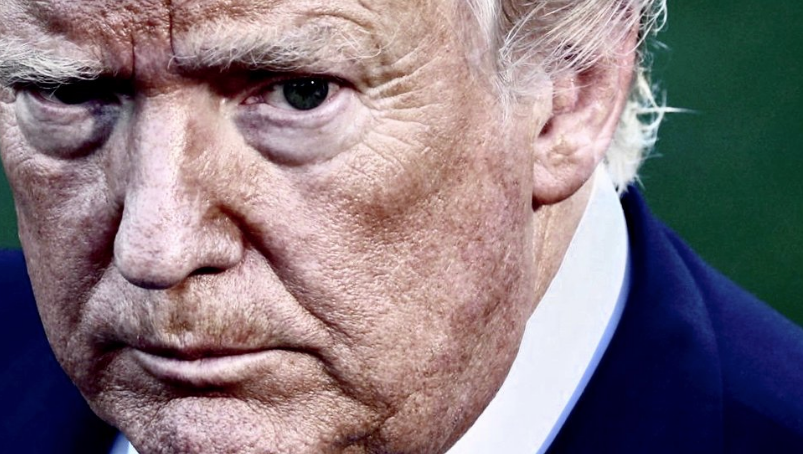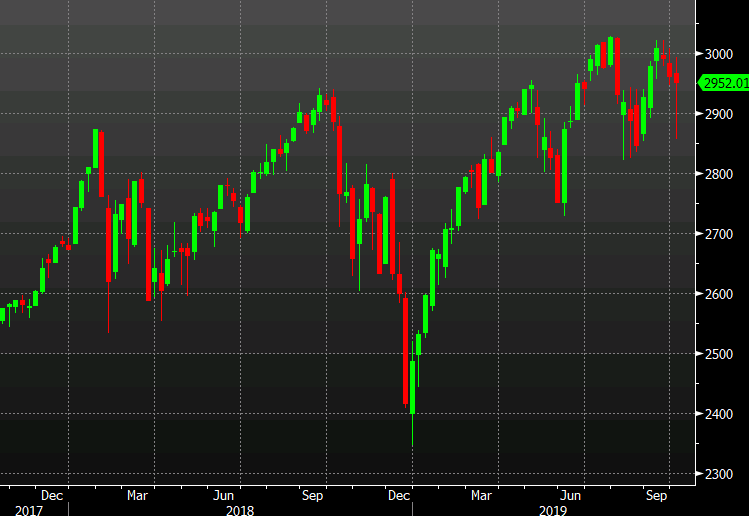
World GDP in history.




Apple has told suppliers to increase their production of its latest iPhone 11 range by up to 10%, or 8 million units, the Nikkei Asian Review has learned, following better-than-expected demand worldwide for its new cut-price handset.
The increase in orders appears to validate Apple CEO Tim Cook’s new strategy of enticing budget-conscious consumers with cheaper models amid the weakening world economy. The order boost of between 7 million and 8 million units is equivalent to total annual phone shipments this year by Google, a rising iPhone rival in Apple’s home U.S. market.
“This autumn is so far much busier than we expected,” one source with direct knowledge of the situation said. “Previously, Apple was quite conservative about placing orders,” which were less than for last year’s new iPhone. “After the increase, prepared production volume for the iPhone 11 series will be higher compared to last year,” the source said.
Shares of Apple component manufacturers rose in Japan after publication of the Nikkei report, outperforming the broader market. Japan’s Minebea Mitsumi closed up 3%, troubled iPhone screen maker Japan Display rose by almost 2%, while Murata Manufacturing and Alps Alpine also gained.
Apple launched its three new iPhone models — the iPhone 11, 11 Pro, and 11 Pro Max — in early September, and for the first time in its history reduced the starting price of the model upgrade, despite better cameras, to $699, compared to $749 for last year’s iPhone XR. (more…)
Nuclear talks between North Korea and the U.S. in Stockholm have ended less than 24 hours after they began, Pyongyang’s lead negotiator said Saturday, a claim that was quickly disputed by Washington.
The working-level negotiations “have not fulfilled our expectation and finally broke off,” said Kim Myong Gil as reported by Reuters.
“The U.S. raised expectations by offering suggestions like a flexible approach,” Kim said. “But they have disappointed us greatly and dampened our enthusiasm for negotiation by bringing nothing to the negotiating table.”
The U.S. struck a more positive note, with the State Department saying the North Korean delegation’s comments “do not reflect the content or the spirit of today’s 8 1/2 hour discussion.”
“The U.S. brought creative ideas and had good discussions” with its North Korean counterparts, the state department said in a statement after Kim spoke. The U.S. delegation accepted an invitation by Sweden “to return to Stockholm to meet again in two weeks.”
Delegations from the two countries had convened on the outskirts of the Swedish capital to address North Korea’s denuclearization. The U.S. negotiating team is led by Stephen Biegun, special representative for North Korea. This marked the first direct talks since U.S. President Donald Trump and North Korean leader Kim Jong Un met at the Demilitarized Zone between North and South Korea in late June. (more…)

The second official is among those interviewed by the intelligence community inspector general to corroborate the allegations of the original whistle-blower, one of the people said.

Modest changes in the major currencies for the current week. Although speculators trimmed short positions in the pound, it remains the largest specular position. The EUR shorts increased by 5K. It is the 2nd largest short position.
